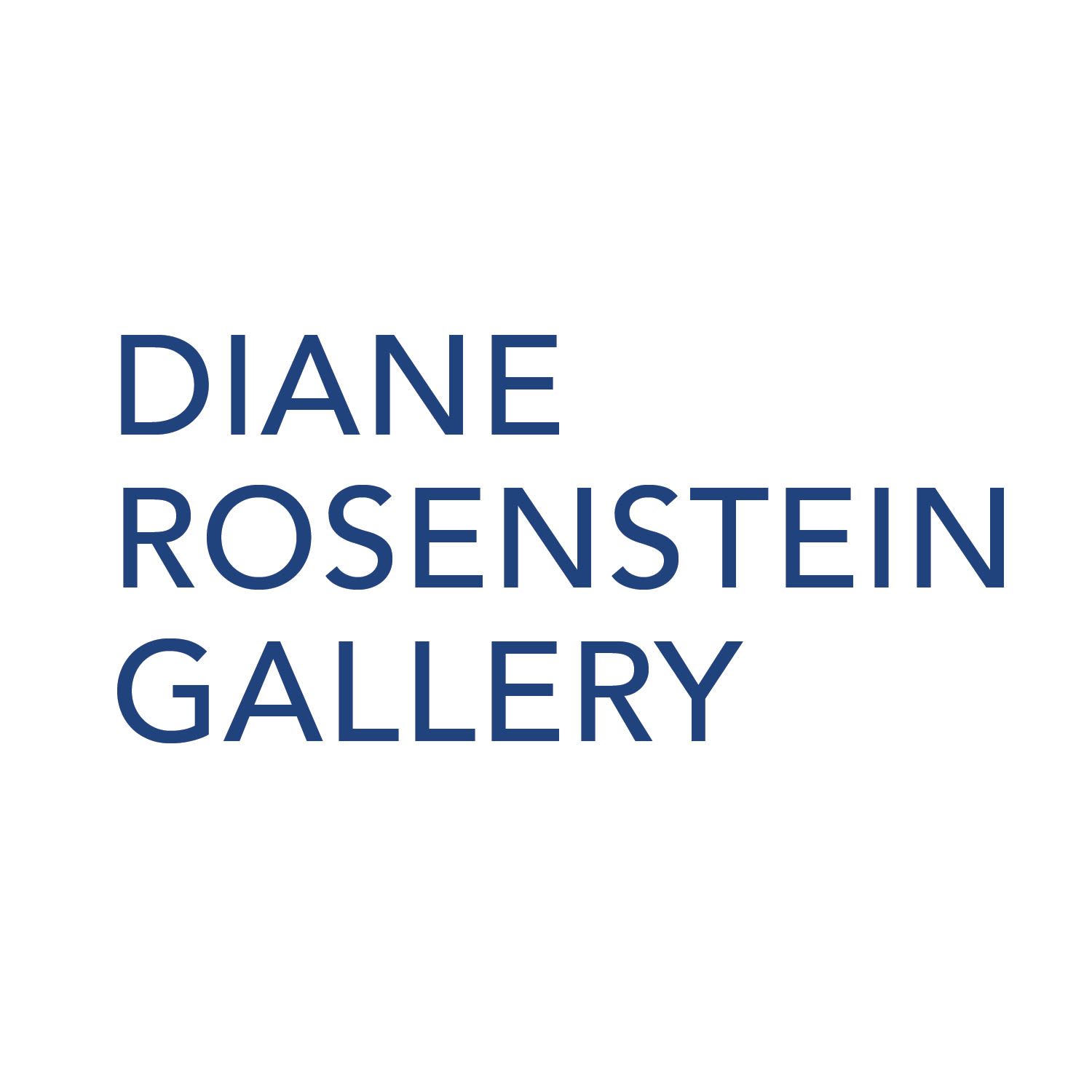David Hicks has filled Diane Rosenstein‘s spacious gallery with works on paper, as well as large-scale and intimately sized ceramic pieces. Hicks is an extremely prolific artist and his floral amalgamations are at once familiar and dystopic. Inspired by the agricultural landscape of the San Joaquin Valley where he resides, Hicks observes and then reinterprets and re-presents elements of the natural world. His sculptures feature bulbous blooms and a variety of flowers and bulbs, stalks and branches gloopily glazed in bright colors and assembled together to become monster growths.
Hicks also creates smaller individual pieces and in this exhibition they are presented on long, rough-hewn, white wooden tables. In works such as Clipping (White Bloom) or Clipping (Persimmon Bloom) (both 2020) he separates the plant from its environs to present each carefully molded bloom with an idiosyncratic, often unglazed base. I am reminded of a table of fresh artichokes at a farmer’s market, where each vegetable has a unique formation. Although the sizes and shapes of Hicks’ sculptures resemble ‘real’ plants, their thickly glazed surfaces give them a surreal or hyper-real aura.
Hicks’ large pieces are elaborate constructions where he secures each ceramic element to a maze-like steel armature. The ceramics within Poly Panel (2020) a wall work which spans 78 x 64 x 16 inches are wired together and to the edges of the frame becoming an array of fabricated species. To build these works, Hicks starts with one piece then looks for others in his “collection” to position alongside the first. The work grows organically from there. Hicks pays attention to color and form as he builds these sculptures hoping to create a conversation between the individual elements. A floor- based work in the round like the unglazed Terraflora (2018-2020) is a fascinating assembly of terra-cotta blooms, bulbs, stems and steel wire tangled together to create a kind of ordered chaos. Toward the bottom of the piece, Hicks fashions together a melange of wires without ceramics to form the base of the human-scaled sculpture which stands about 86 inches tall. An Offering (Blue), An Offering (Yellow and Persimmon) and An Offering (White) are ceramic works placed on the floor or on low pedestals that appear to be rogue baskets of fruits with intensely colored, oozing and dripping glazes. A mishmash of intertwined forms, these pieces have their own internal structure suggesting the uncanny beauty of plants gone to seed.
Also included are pastel, ink and charcoal works on paper collectively entitled Library Drawings (2018-2020). These bright pieces share a palette and have the graphic power of Corita Kent‘s posters while also exhibiting a kinship to the works of Terry Winters— almost as if Winters’ pieces were reduced to their essential shapes and colors. In Library Drawing #13, two abutting yellow flowers are connected by a thick black line that emanates from the flower’s receptacles forming an intertwined and elongated “S.” Library Drawing #23 and #32 suggest a montage of overlapping musical notes, whereas Library Drawing #16 represents seeds growing above and below the ground. Here, the composition is divided in half— deep yellow on the bottom and a turquoise blue on the top— and bisected by bulb-like shapes that blossom into a formation of disparate dark dots.
Hicks’ idiosyncratic installation could represent the world after a meltdown or what could possibly go wrong in nature. However awkward they might be, the pieces simultaneously suggest possibilities and a way of moving forward, one seed at a time.
2021年2月5日



